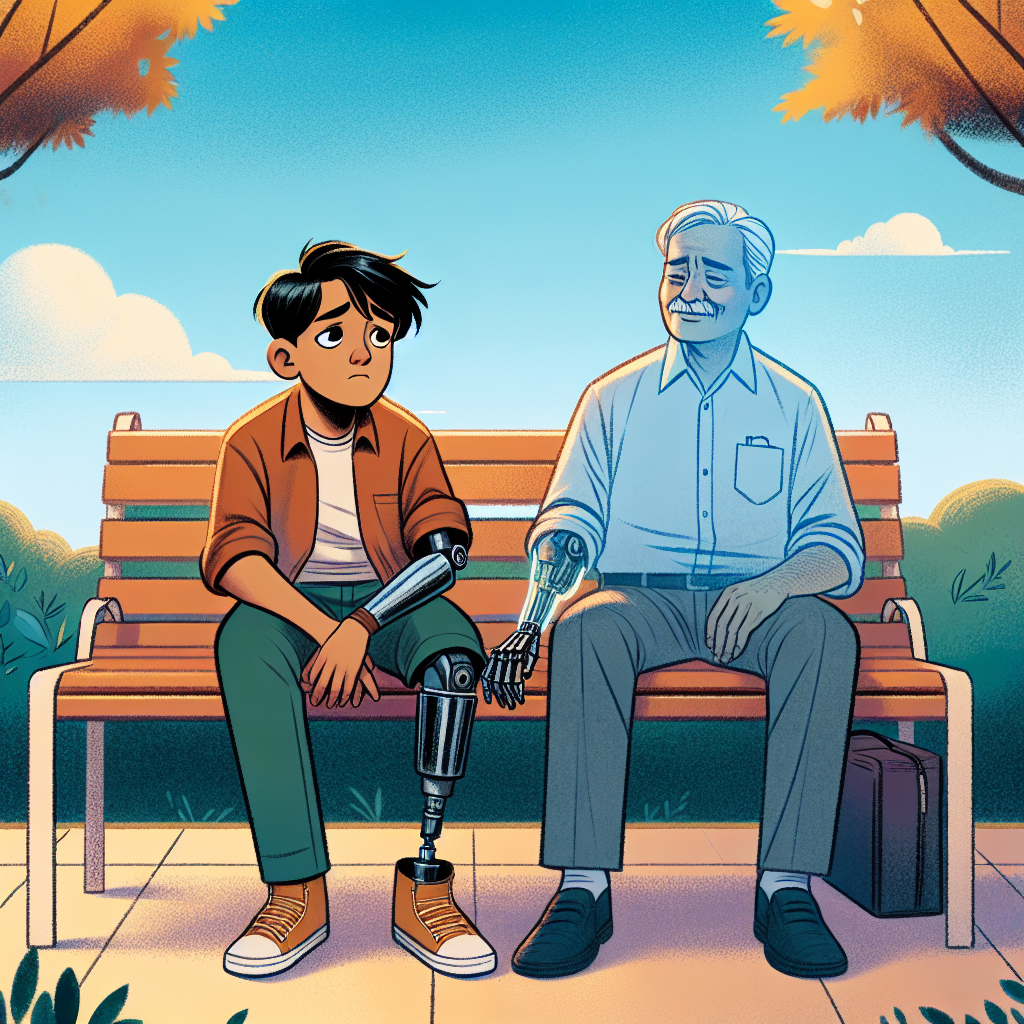In 1965, artist Lorraine Schneider’s impactful poster “War is not healthy for children and other living things” emerged as a poignant critique of America’s involvement in Vietnam. Schneider’s intention was to present an undeniable truth about the devastating effects of war on innocent lives, particularly children. Nearly six decades later, the profound accuracy of her statement is evident as global conflicts continue to inflict harm on an unprecedented scale, with approximately 468 million children currently living in war-affected areas. Verified reports indicate a harrowing escalation in violence against children, with a tripling of attacks since 2010. In 2023 alone, global conflicts claimed the lives of three times more children than in previous years, underscoring a grim reality where killings and injuries of civilians become tragically routine.
The United Nations has recognized the severe impact of armed conflicts on children, formally condemning six grave violations against them in 2005. Despite this recognition, UNICEF reports over 347,000 verified violations since, impacting children in various conflict zones around the world. The physical and psychological toll of war on developing children is immense; a recent study highlights the long-term effects of war trauma on children’s emotional and cognitive capabilities, leading to lasting mental health issues and pervasive social problems. Nevertheless, global institutions, including the U.S. government, have often taken actions contradictory to their protective mandates, such as weapon sales to conflict-engaging nations, facilitating the very violence they aim to condemn.
Current conflict zones exhibit the dire consequences of war on children. In Gaza, the United Nations has deemed it the most perilous region for children, with staggering fatalities reported since the onset of the latest conflict in October 2023. UNICEF reports approximately 17,000 children have been killed, alongside widespread displacement and trauma. The educational system in Gaza is nearing collapse, with the potential for generational repercussions on educational outcomes and mental health. A significant portion of the child population requires urgent psychosocial support, lost in the depths of an ongoing humanitarian crisis rooted in war.
Similarly, in Lebanon, the ramifications of the current conflict have led to mass displacement among children, leaving them vulnerable to psychological distress and physical harm. Over 890 young people have already been reported injured due to ongoing hostilities. The impact on education is severe, as schools across the nation are forced to close, further disorienting children and depriving them of critical learning opportunities. Sudan presents another bleak scenario with millions of children experiencing mass displacement and dire food shortages amid civil unrest. This crisis manifests as the largest child displacement situation globally, with thousands facing starvation daily as conflict perpetuates instability.
The toll of war extends to Syria, where a decade of civil strife has created the largest refugee crisis in the world, with millions of children living under constant threat. Many children remain outside the educational system, and the humanitarian landscape appears dire, with a critical need for assistance. The recruitment of minors into armed groups remains a pressing concern as reports reveal disturbing trends in child enlistment amidst the chaos in regions like Northern Syria. In Ukraine, child casualties surged dramatically as the war conflict intensified, leaving millions in need of assistance and subjecting them to a winter defined by extreme hardships.
Across West and Central Africa, the violence has resulted in widespread school closures, directly impacting education for millions of children. In conflict zones like the Democratic Republic of Congo, children face grave violations, including recruitment into armed groups, with significant numbers suffering from the fallout of a protracted war. The systemic and deliberate targeting of schools confirms the catastrophic implications of war on access to education. Amidst these crises, the universal truth of Lorraine Schneider’s message endures, as children across the globe remain ensnared in the tragedies of war, enduring immeasurable loss, trauma, and the irreversible cost of their futures.
As we reflect on the persistent plight of children affected by ongoing conflicts, it becomes evident that decades-long warnings about the impacts of war have fallen on deaf ears. The emotional narratives shared by survivors illustrate profound afflictions, which not only damage individual lives but erode the foundations of communities and society as a whole. Schneider’s message resonates powerfully, reminding us of the urgent need for a collective awakening to prioritize and protect the rights of children amidst the ravages of war, shifting the focus from indifference to decisive action that seeks to heal the wounds they have unjustly borne. The cycle of suffering must not continue; it is imperative that global leaders prioritize protective measures that ensure the safety, health, and futures of children worldwide are secured, breaking the tragedy of their reality wrought by war.

